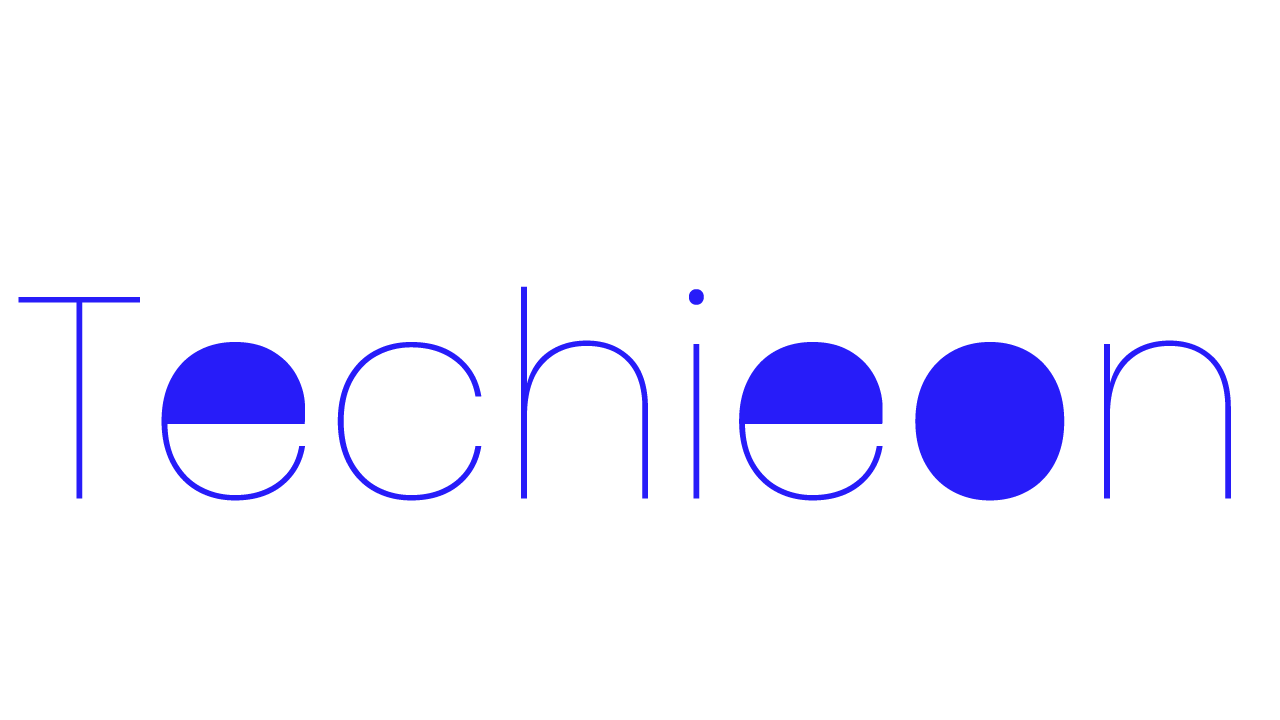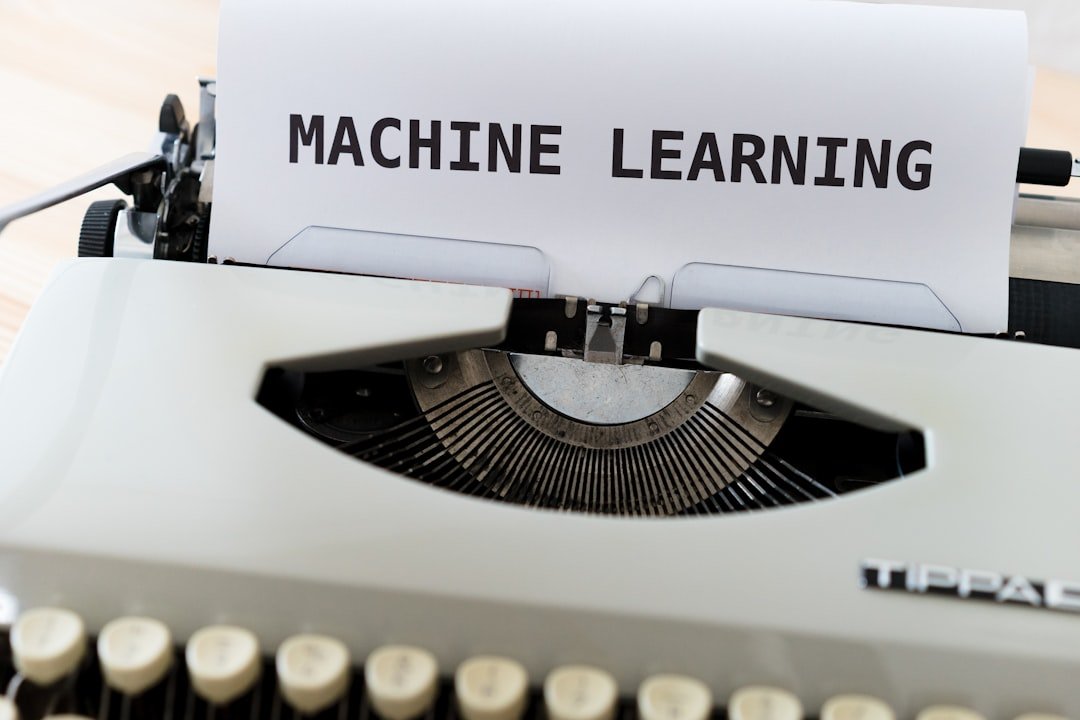AI in Copywriting: Can Machines Write Better Ads Than Humans?
The world of advertising is constantly evolving, and with the rise of artificial intelligence (AI), the question on many marketers’ minds is: can AI write better ads than humans? The short answer is nuanced. While AI can significantly assist and automate many aspects of copywriting, it’s unlikely to completely replace the human element anytime soon. This article delves into the capabilities and limitations of AI in copywriting, exploring the strengths and weaknesses of both AI and human copywriters.
The Rise of AI Copywriting Tools
Several AI-powered tools are now available to assist with copywriting tasks. These tools leverage machine learning algorithms trained on vast datasets of text to generate various types of copy, including ad copy, website content, social media posts, and email marketing campaigns. These tools can analyze data, identify trends, and suggest optimal phrasing based on best practices and past successes. Popular examples include Jasper, Copy.ai, and Writesonic. They offer features like content generation, tone adjustment, and SEO optimization.
Strengths of AI in Copywriting
AI copywriting tools offer several compelling advantages. Firstly, they significantly increase efficiency. Tasks that previously took hours, such as generating multiple ad variations or writing product descriptions, can now be accomplished in minutes. This speed allows marketers to test different approaches and optimize campaigns much faster. Secondly, AI tools excel at data analysis. They can identify patterns and trends within large datasets, providing valuable insights into customer preferences and improving the effectiveness of marketing messages. Finally, AI can help ensure consistency in branding and messaging across different platforms and campaigns.
Limitations of AI in Copywriting
Despite the undeniable benefits, AI copywriting tools have limitations. AI lacks the creativity, critical thinking, and emotional intelligence of a human copywriter. While it can generate grammatically correct and contextually relevant text, it may struggle with nuanced storytelling, complex messaging, and conveying emotional resonance. AI can also be prone to generating generic, uninspired content if not carefully guided. Moreover, AI algorithms are trained on existing data, which may reflect biases present in the source material. This can result in the perpetuation of harmful stereotypes or offensive language within the generated content.
The Human Touch: Creativity and Emotional Intelligence
Humans excel at tasks AI struggles with, particularly creative storytelling and emotional intelligence. Human copywriters possess the ability to understand the target audience on a deeper level, empathizing with their needs and aspirations. They can craft compelling narratives that connect with audiences on an emotional level, leading to increased engagement and conversions. Moreover, human copywriters can adapt to unforeseen circumstances and adjust their approach based on real-time feedback. Their critical thinking skills allow them to identify potential issues and come up with creative solutions.
AI and Human Collaboration: A Synergistic Approach
The ideal scenario is not an AI versus human competition, but a collaboration. AI can be a powerful tool to augment human capabilities, not replace them. Human copywriters can use AI tools to handle repetitive tasks, such as generating initial drafts or creating variations of existing content, freeing up time for higher-level creative work. They can leverage AI’s data analysis capabilities to inform their creative decisions, ensuring the content is aligned with audience preferences and marketing objectives. This synergistic approach allows for greater efficiency, improved quality, and more effective marketing campaigns.
SEO Optimization: AI’s Advantage
AI tools are adept at optimizing content for search engines. They can analyze keywords, identify relevant search terms, and suggest optimal placement of keywords within the copy to improve search engine ranking. This is crucial for organic reach and visibility. While human copywriters understand SEO principles, AI can expedite the process and ensure comprehensive keyword optimization.
The Future of AI in Copywriting
The future of copywriting likely involves a seamless integration of AI and human expertise. AI tools will continue to advance, becoming more sophisticated and capable of handling more complex writing tasks. However, the human element, with its creativity, critical thinking, and emotional intelligence, will remain essential for crafting truly impactful and resonant marketing messages. The focus should be on leveraging AI’s strengths to amplify human capabilities, achieving a powerful synergy that delivers superior results.
Conclusion
In conclusion, AI is a powerful tool that can significantly enhance the efficiency and effectiveness of copywriting. However, it’s not a replacement for human creativity and emotional intelligence. The most successful approach involves a collaborative partnership between AI and human copywriters, leveraging the strengths of both to create compelling, engaging, and high-converting advertising campaigns. The future of copywriting is not about AI versus humans, but AI and humans working together.








